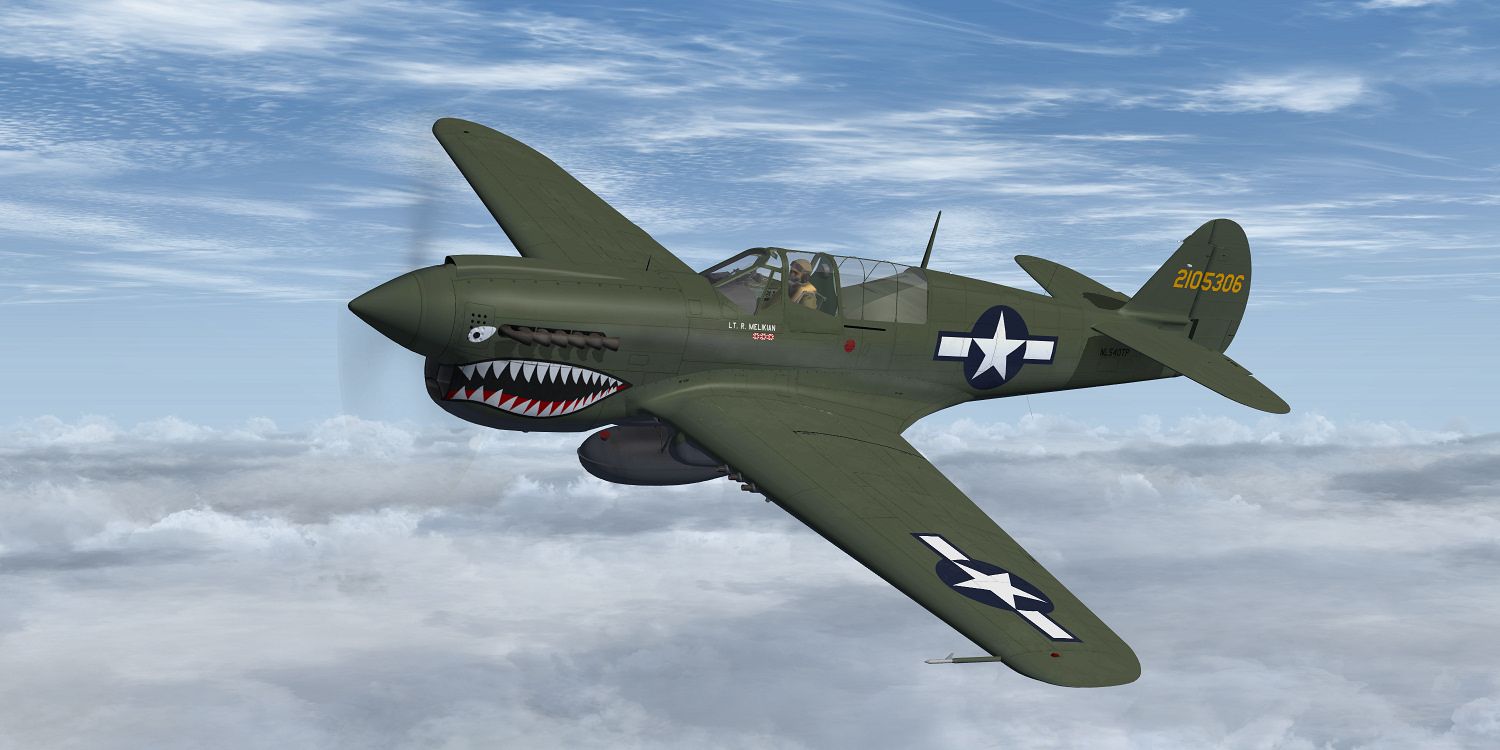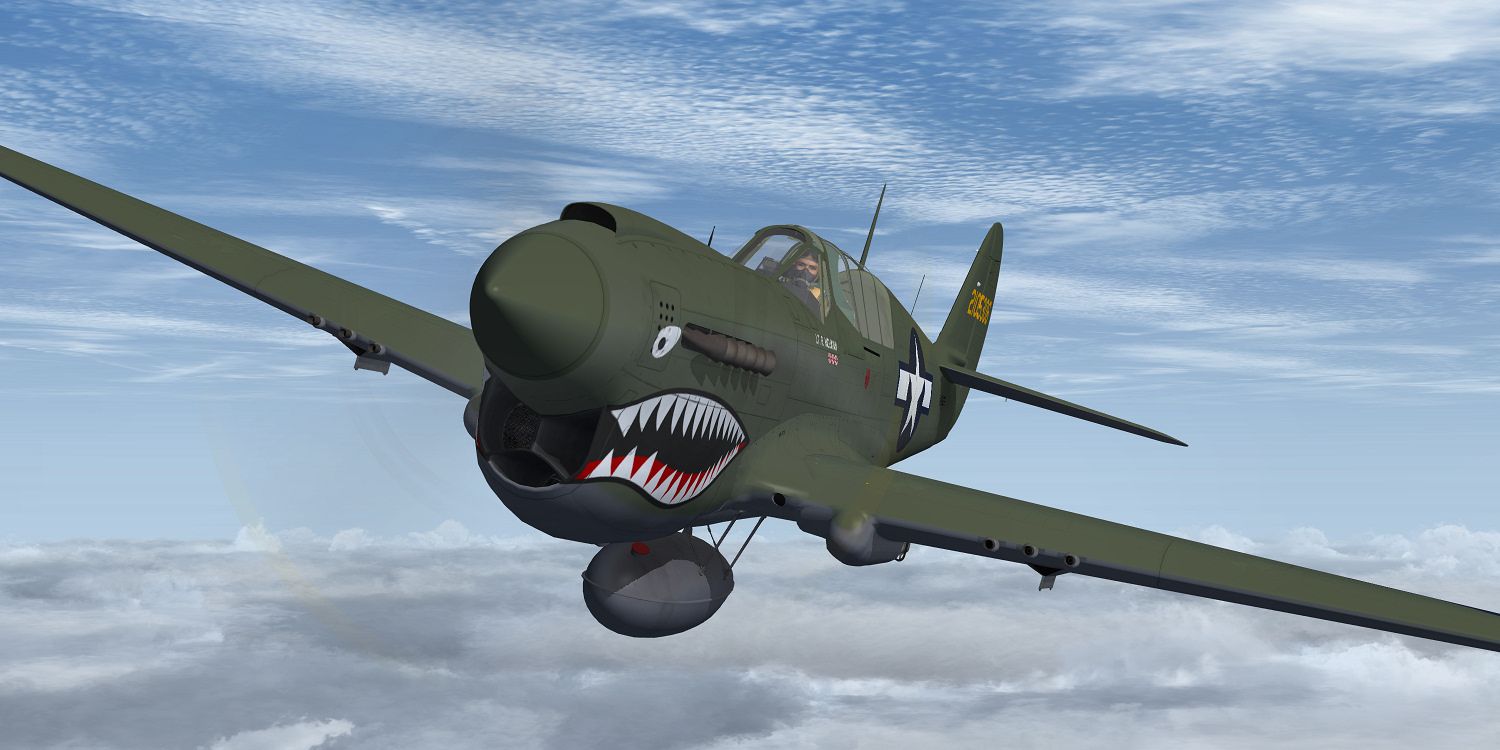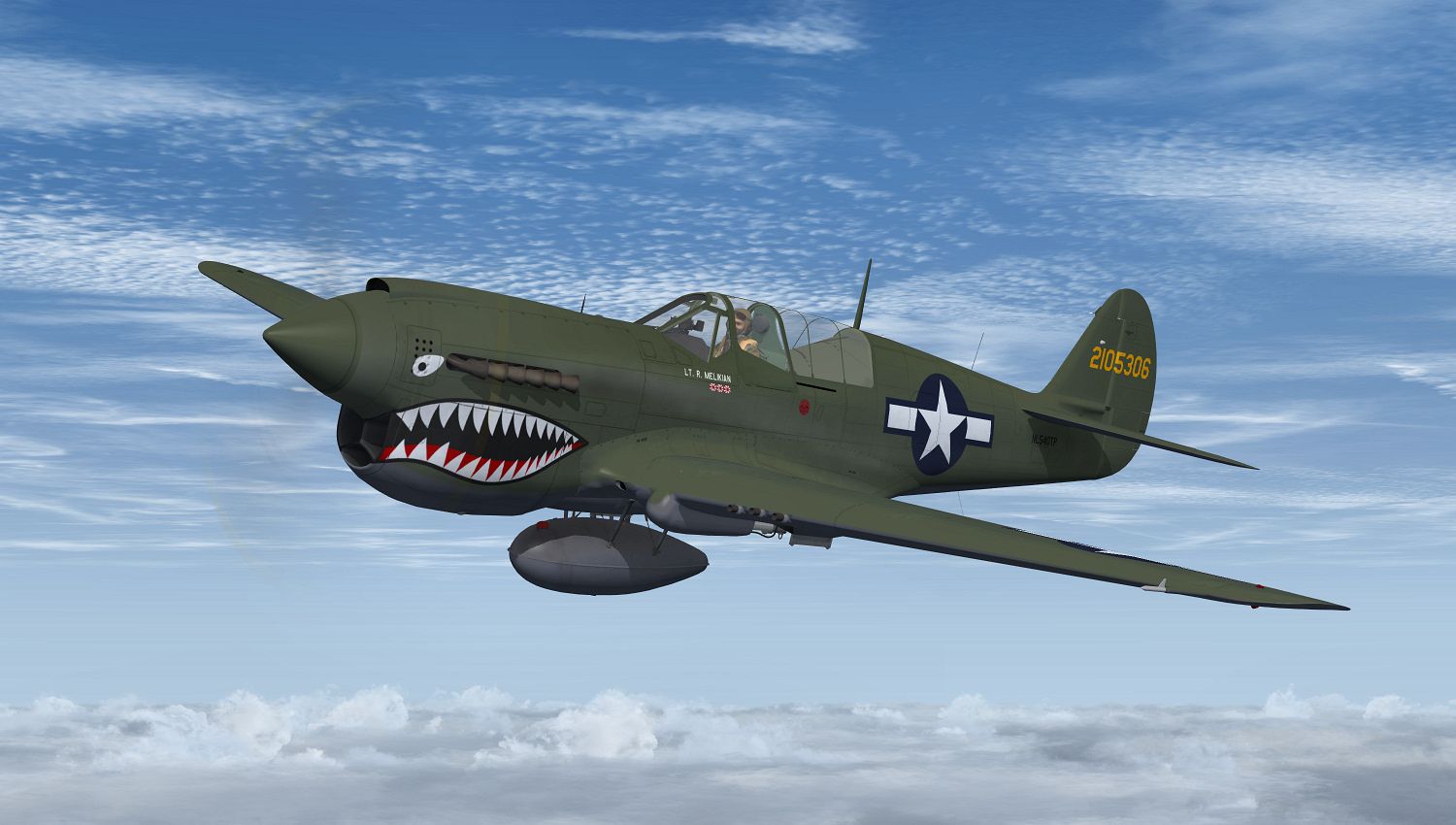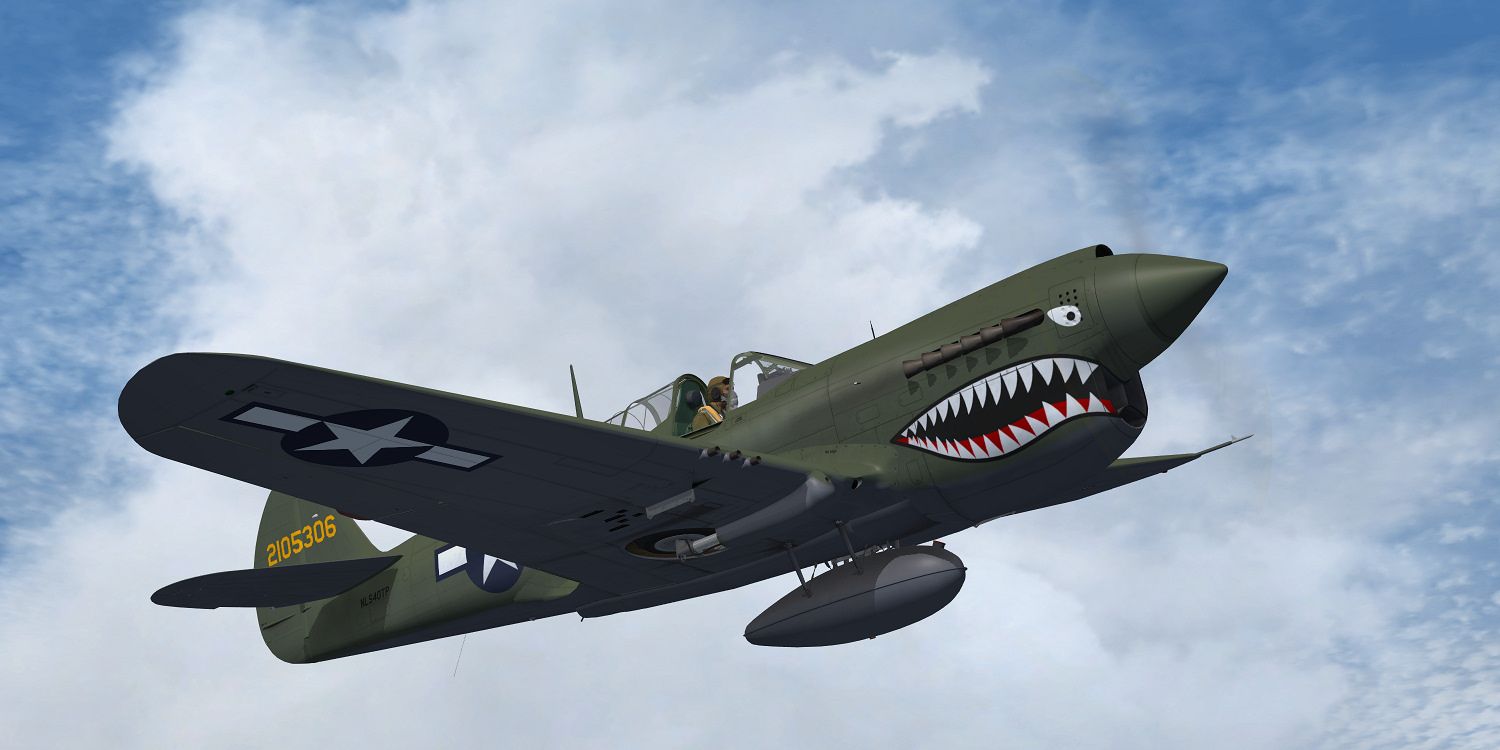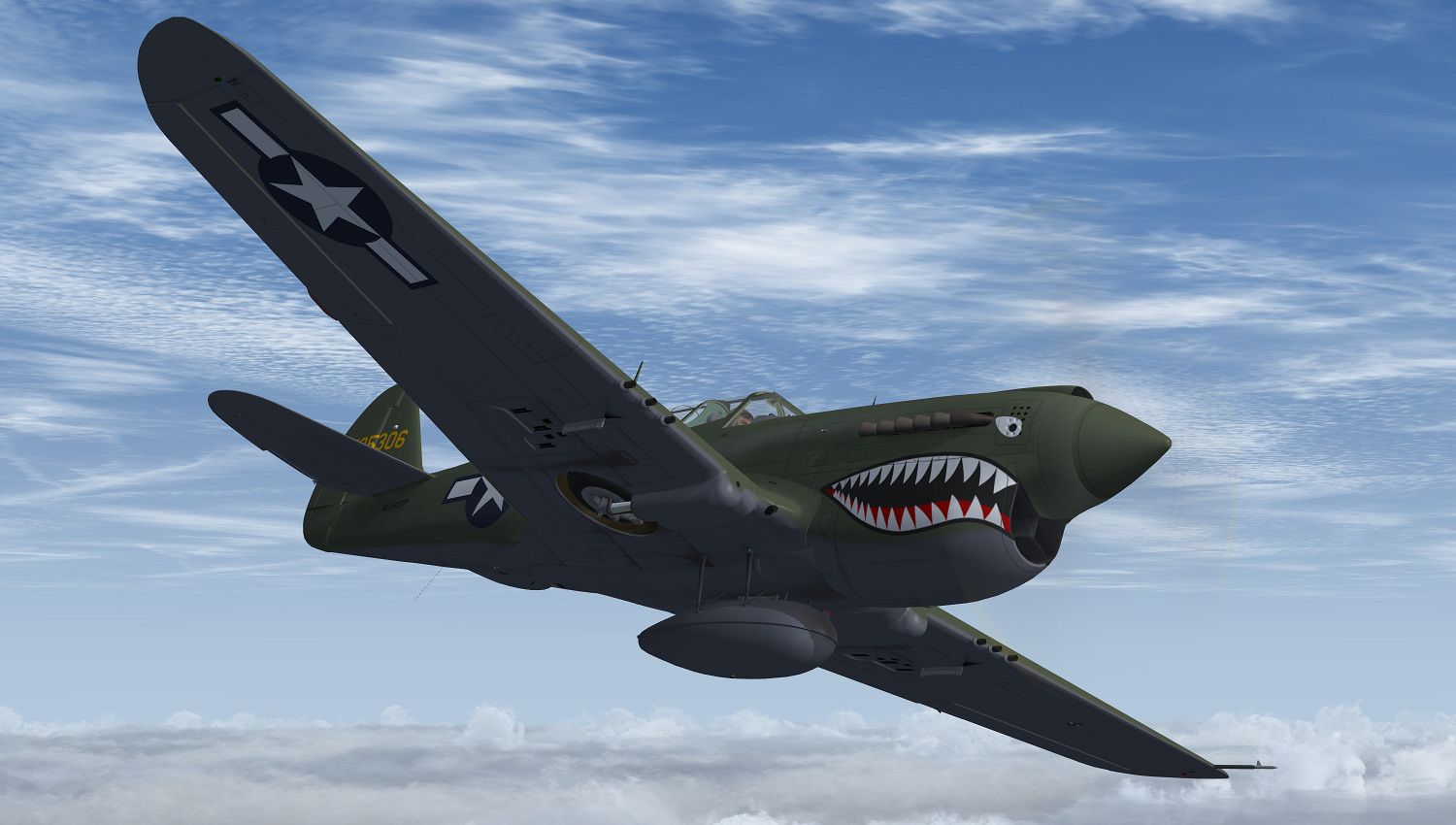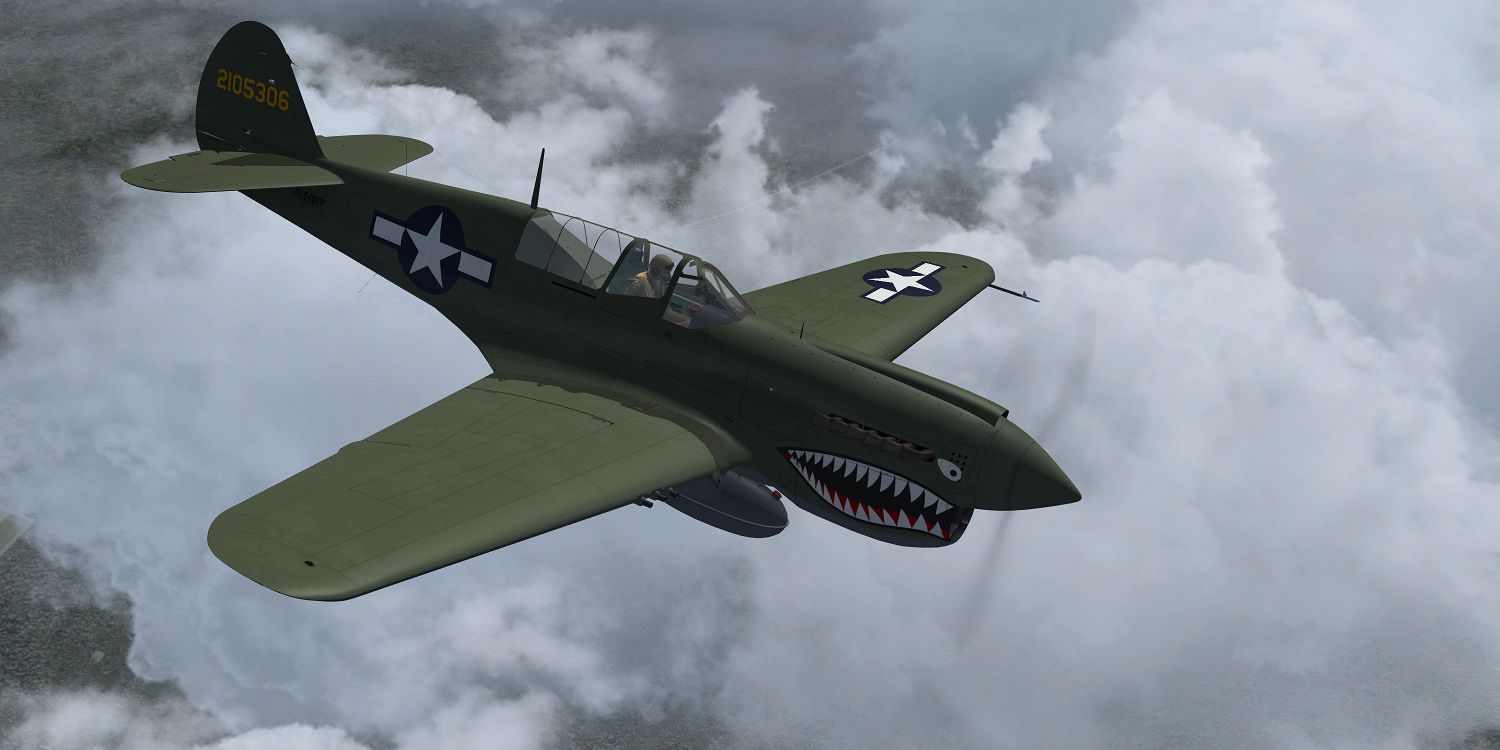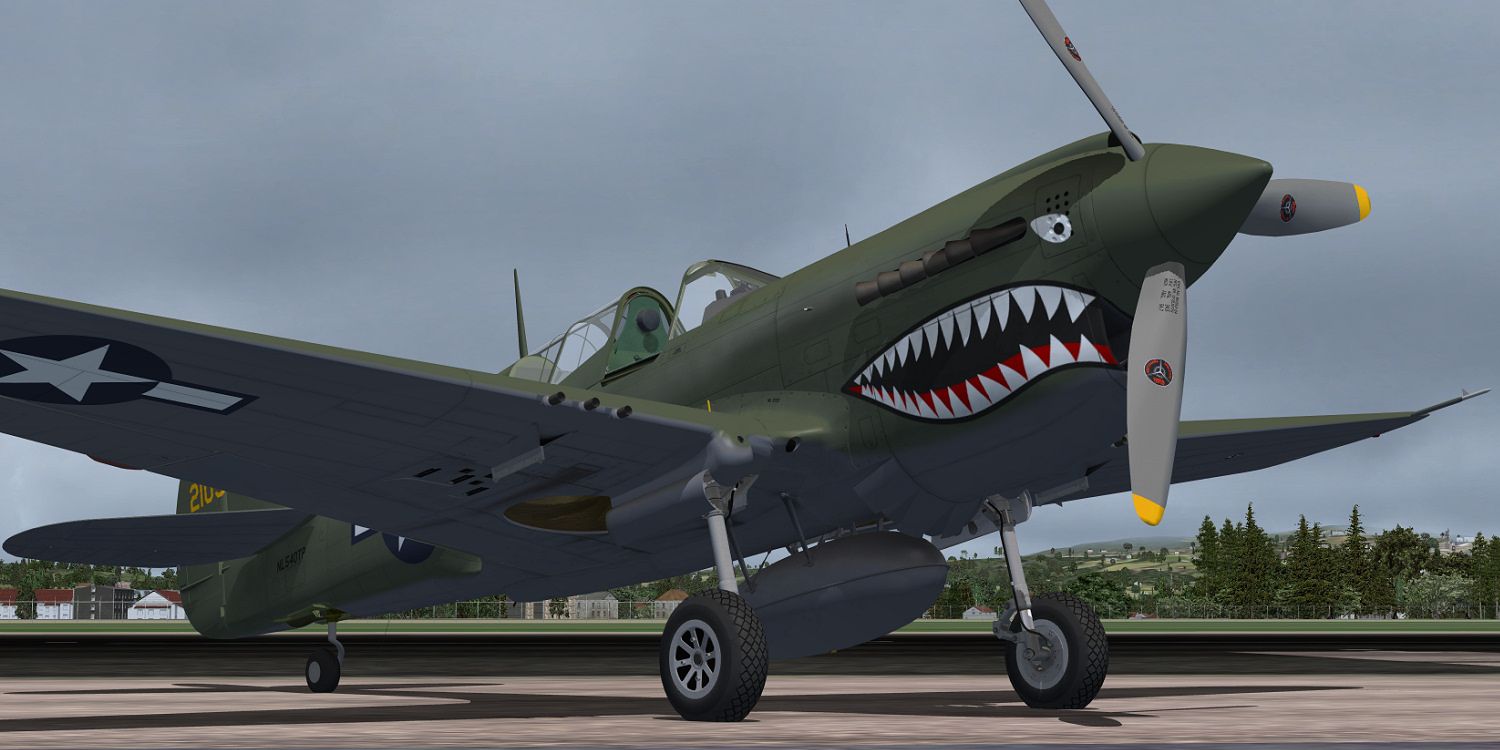@Joseph & Bernt:
Interesting information, didn't know that!
Being an atmospheric engine, I suppose the specific air pressure on a certain day would influence power rating just as for cars?
Had to ask, sorry if this is making the threat go off on a tangeant...
Yes and no...
As long as the aircraft can make xx amount of boost, based on atmospheric conditions and altitude, it will. Now depending on the aircraft, that number may be limited in many various ways. The big reason for 'holding back', is detonation. Hence the big caution, and 'time limits' such as max 5 minutes, etc, etc. In this case, the engine does not have ADI (water/alcohol injection), so it suffers greatly simply because the 100 octane, or whichever fuel available, has too fast a burn rate, which with more boost can mean severe detonation. The water injection (often used to achieve WEP specs on other aircraft) is what gives the higher octane rating, and hence allowing more boost.
More boost = more power. However, it does not mean more thrust....
Propeller type, design, and gearbox ratio will dictate the efficiency in which that power can be translated into energy.
Now, on top of that... the engine may or may not make xxxx amount of horsepower all the time at xx boost. The engine will run better in a moist, cool environment.
If you want to compound the whole thing...you'd have to throw in the study of propeller efficiency, based on atmospheric conditions and altitude, as well.
The reason why the P-40 examples that we've been referencing make more power up higher, is because with the single stage supercharger, set up for let's say 9,200ft, will allow the engine to produce the same level of boost as it does at sea level, at the 9,200ft. At altitude, the trade off of between density, mixture, and temperature...as well as humidity, and other factors, may allow the engine to run more economically, and more powerful, with yet the same boost settings. Of course, propeller willing, this translates into more speed, which snow-balls into more power... (for many other reasons!! Including, but not limited to ram-air)
All good things must come to an end, and above an altitude for which the supercharger cannot compensate, boost, and thus power begin to rapidly deteriorate, and falling close behind is once again, top speed.
The age-old question, what would a two-stage supercharger do for the P-40? Hard to say. However the War Dept. had many more gripes with the aircraft, than just speed, and high altitude performance. The design was quickly becoming obsolete. The Q model P-40 was the last-ditch effort by Curtiss to produce something to compare with Republic, and North American. But similarly to Lockheed, it was too little, too late. This is often blamed on the Allison, by the casual observer, while the Rolls Royce V-150 Merlin is awarded the victory. The reality was, the Rolls Royce was just that...a Rolls Royce. It became very powerful, yes. But required much more field maintenance, and was already being used up by the other designs. Had the war continued, and development of the G series V-1710 was able to reach a zenith, we would have seen either new and improved designs, or adoption of the Allison(s) into other platforms. Being behind in the jet age, it would have been the late model Allison's and the Pratt & Whitney 28 cyl. 4360 that would have lead the Air Force, and Navy fleets into the late 40's.
- Joseph

